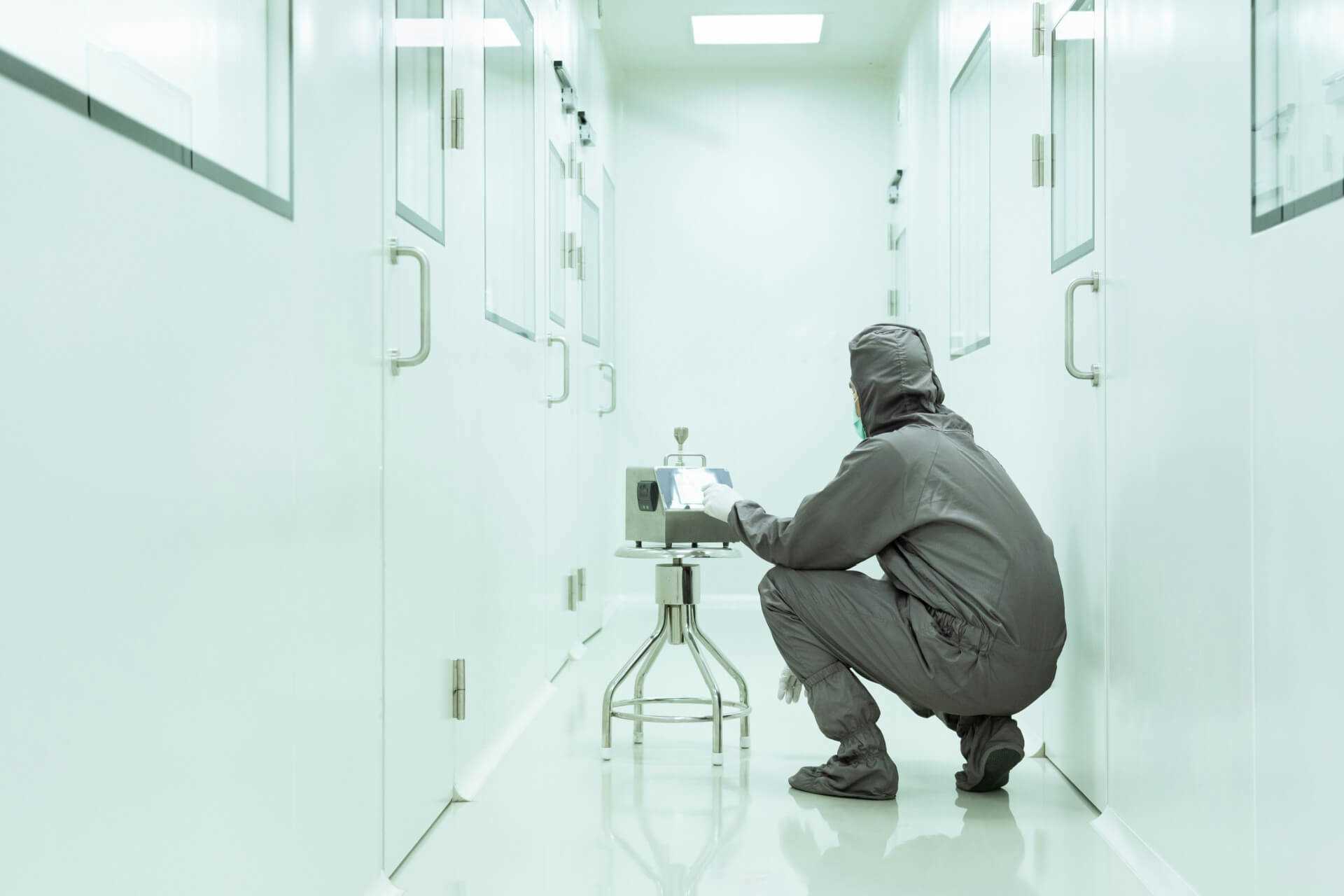
Contamination Control in Cleanrooms: Key Elements
Cleanrooms are specialized environments that are designed to maintain low levels of particulate and microbial contamination. These environments are critical in many industries, including pharmaceuticals, biotechnology, and electronics manufacturing. Contamination control is essential to ensure product quality, safety, and efficacy. In this blog post, we will provide an overview of contamination control in cleanrooms.
Contamination control in cleanrooms involves several key elements, including:
Environmental monitoring: Regular monitoring of environmental factors, such as air and surface cleanliness, temperature, humidity, and pressure, is critical to identifying potential sources of contamination. Environmental monitoring allows cleanroom operators to take corrective action before contamination becomes a problem.
1. Personnel training: Proper training of personnel is essential to minimize the risk of contamination. All personnel must understand the importance of contamination control and follow established protocols and procedures.
2. Cleanroom design: The design of cleanrooms must be carefully considered to minimize the risk of contamination. The layout and airflow of the cleanroom should be designed to ensure that particulate and microbial contamination is minimized.
3. Cleaning and disinfection: Regular cleaning and disinfection are critical to maintaining a cleanroom environment. All surfaces must be cleaned regularly, and disinfectants should be used to kill any potential sources of contamination.
4. Sterilization: Sterilization is a critical step in contamination control, particularly for sterile products. All equipment and materials used in the cleanroom must be properly sterilized to ensure that no viable microorganisms are present.
5. Personal protective equipment (PPE): PPE is essential to minimize the risk of contamination. All personnel working in the cleanroom must wear appropriate PPE, such as sterile gowns, gloves, and face masks.
In cleanrooms, it is a continuous process that requires ongoing monitoring and evaluation. All aspects of the cleanroom environment must be regularly reviewed to identify any potential sources of contamination. Any deviations from established protocols must be immediately addressed to prevent contamination.
In conclusion, contamination control is critical to maintaining a cleanroom environment that is free from particulate and microbial contamination. By implementing proper environmental monitoring, personnel training, cleanroom design, cleaning and disinfection, sterilization, and personal protective equipment protocols, companies can ensure that their cleanrooms are operating at optimal levels and producing high-quality products. By prioritizing contamination control, companies can protect the health and safety of their customers and enhance their reputation in the industry.
